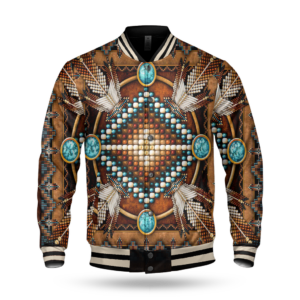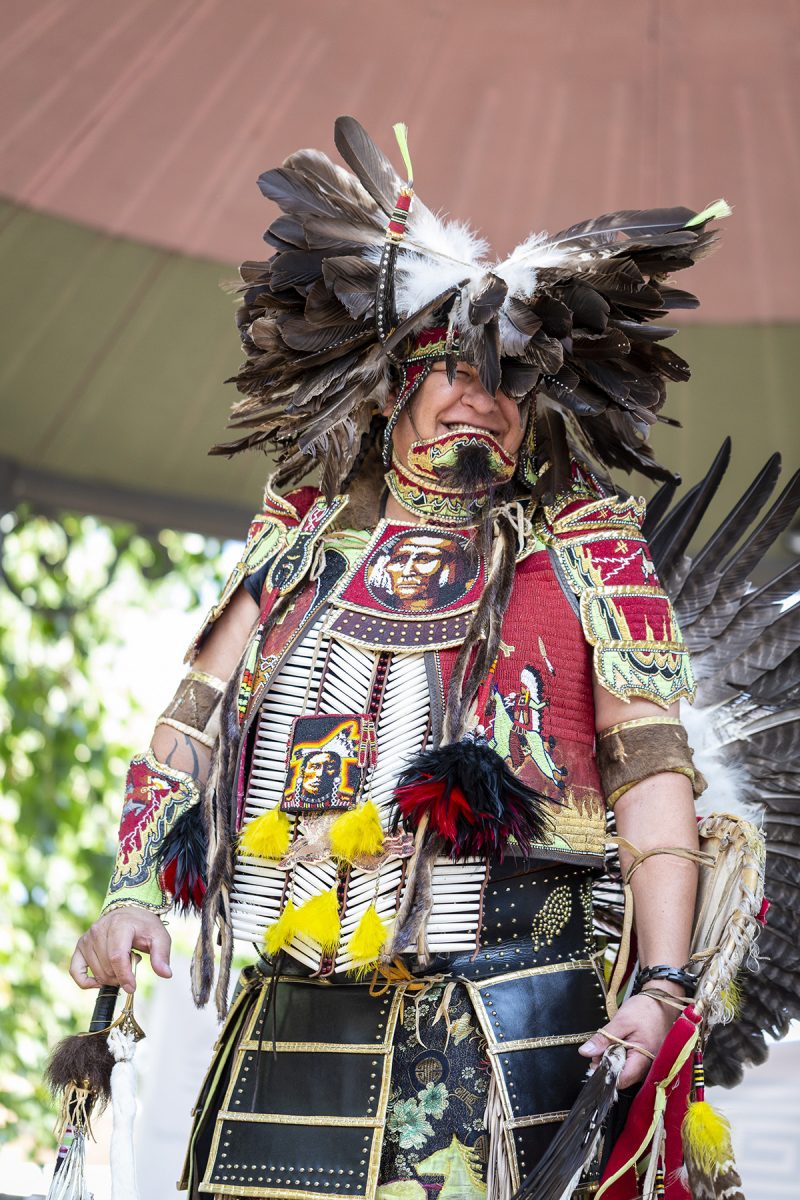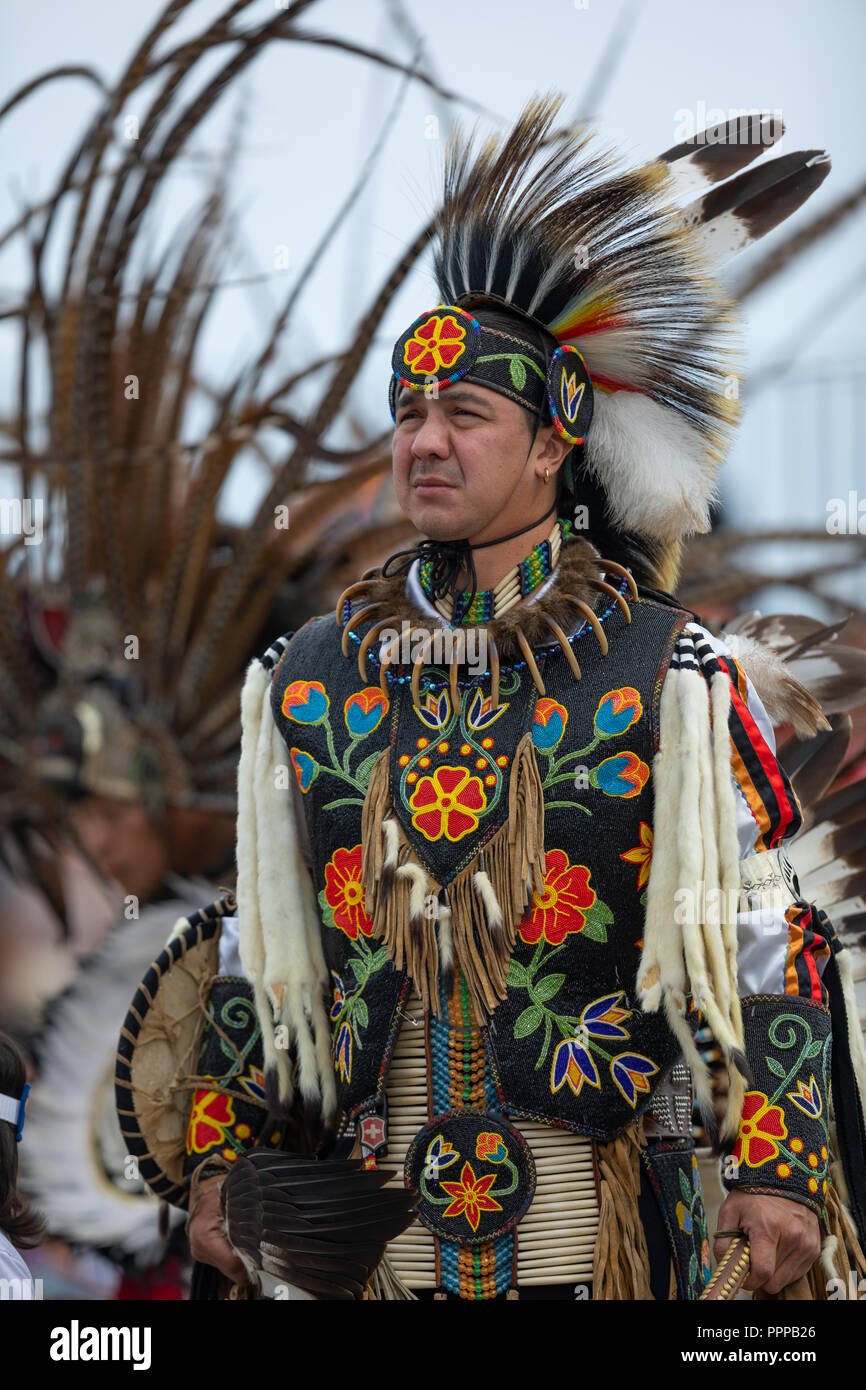History of native american heritage month

History of native american heritage month

Native American Heritage Month is a time to honor and have fun the wealthy and various cultures, traditions, and contributions of Native American folks. Throughout history, Native Americans have faced immense challenges and injustices, but their resilience and rich cultural heritage continue to encourage and shape our society today. In this blog post, we will delve into the significance of Native American Heritage Month, exploring the historic context, key milestones, and the significance of recognizing and preserving Native American history and heritage. Join us as we embark on a charming journey through time, shedding gentle on the untold stories and memorable legacies of Native American individuals.
History of native american heritage month
November is designated as Native American Heritage Month, a time dedicated to raising consciousness in regards to the culture, traditions, and accomplishments of the nation's original inhabitants and their descendants. This official recognition of November as National Native American Heritage Month was established by law in 1990. It can additionally be occasionally referred to as American Indian Heritage Month.
What is the origin of the Native American?
The origins of the First Amerindian Natives are believed to trace again to Asia, likely arriving in the Americas by way of the Bering land bridge between 30,000 to 12,000 years before the current (BP). This speculation is supported by cultural, morphological, and genetic similarities noticed between American and Asian populations. While each Siberia and Mongolia have been instructed as potential locations of origin in Asia.
An early concept, proposed by Greenberg and illustrated in Figure eleven, posited a triple migration mannequin for explaining the peopling of the Americas. This model included the arrival of Amerindians (comprising most North and South American Indigenous groups) around 12,000 years BP, followed by the Na-Dene folks (including Athabascans, Navajo, and Apache) roughly eight,000 years BP, and finally the Eskimo-Aleuts round 6,000 years BP. This theory was initially supported by analysis carried out before the widespread use of DNA markers like Y Chromosome (Y Chr) and mitochondrial DNA (mtDNA) for inhabitants research.
However, subsequent studies have yielded completely different perspectives. Some mtDNA research has not aligned with the three-wave mannequin, with some authors suggesting a single migration from Mongolia or North China as the source of the First Native American ancestors. Additionally, studies involving Y Chromosome DNA markers have offered combined results, initially indicating a single main paternal haplotype in each North and South American Native populations, however later research suggesting the presence of multiple paternal founder haplotypes arriving from Siberia throughout different migration waves.
Who came to America first Native American?
During the 1970s, as a university student studying archaeology, I was taught that the earliest human inhabitants of North America arrived round 13,000 to thirteen,500 years ago by crossing a land bridge from Asia and Siberia. These pioneers, collectively often identified as the Clovis folks, have been believed to have traversed via a hall that had opened up between massive ice sheets masking present-day Alaska and Alberta. The Clovis individuals rapidly unfold all through North America, carrying their distinctive tools to various areas within the Plains States and the Southwest earlier than transferring eastward.
In New Mexico, substantial evidence of the Clovis tradition had been uncovered. In 1908, a rancher exploring an arroyo on his property close to Folsom stumbled upon what appeared to be giant bones embedded within the embankment. Further investigation revealed that these bones belonged to Ice Age creatures like mammoths and large bison, they usually bore unmistakable cut marks made by people. https://nativeamericanfemaleclothes.bloggersdelight.dk/2023/10/24/dont-whistle-at-night-time-native-american/ from there, in Blackwater Draw, exquisitely crafted spear factors, some as massive as a palm, have been discovered in the Thirties. These spear factors featured fluting and had been able to bringing down Ice Age animals.

The prevailing belief, often known as Clovis First, was the only accepted explanation for the preliminary arrival of people and their subsequent expansion throughout North and South America. Any cultural artifacts were required to be dated after those discovered at Clovis to be thought-about credible.
native american clothing history recall learning about these theories during my introductory archaeology course at a college in southeastern Pennsylvania. Little did I or my professors know that a number of hundred miles away, close to Pittsburgh at a spot known as Meadowcroft, an archaeological excavation led by James Adovasio was unearthing proof that might challenge the established primacy of Clovis Man and lift vital questions on existing theories regarding the arrival of the primary humans in North America.
When did Native Americans begin in America?
In a groundbreaking revelation, archaeological research has unveiled a outstanding chapter in human history—a journey that unfolded round 30,000 years in the past when intrepid individuals launched into voyages by boat to achieve the shores of North America. This extraordinary feat occurred during an era when colossal creatures nonetheless roamed the vast continent, shattering earlier notions that the earliest settlers had primarily crossed over from Asia.

